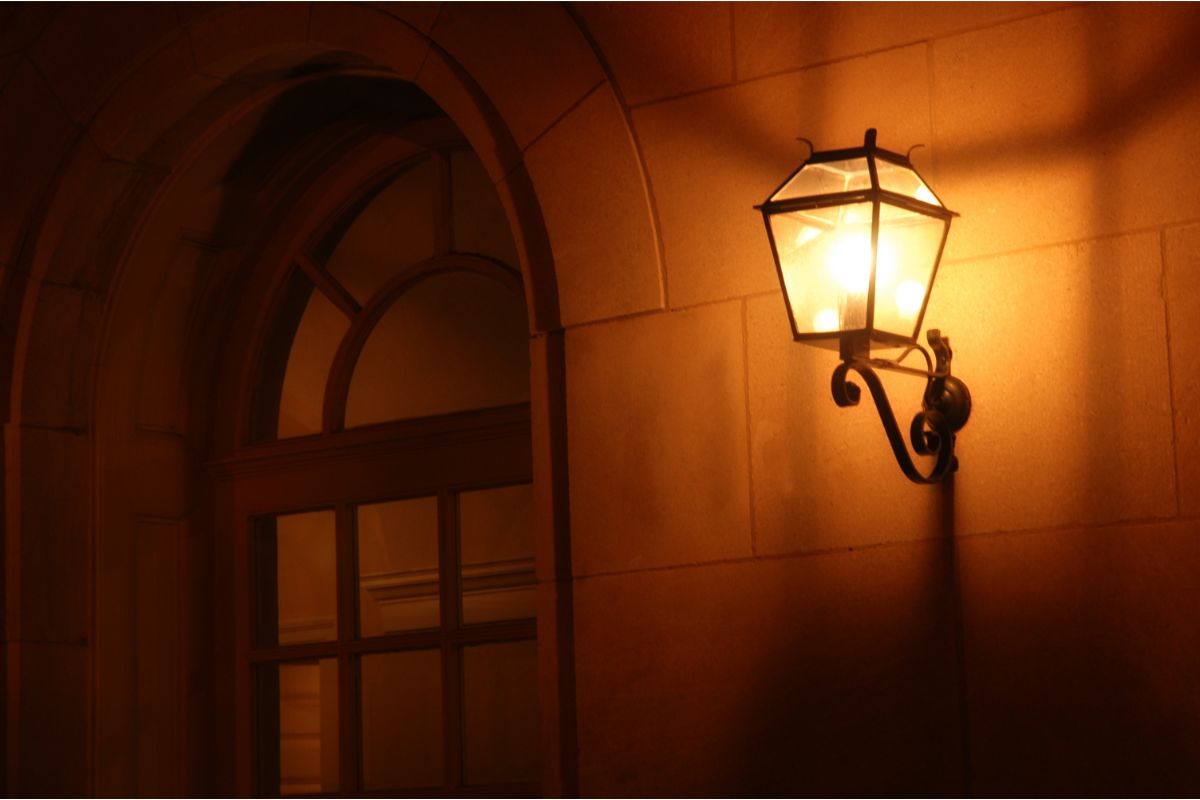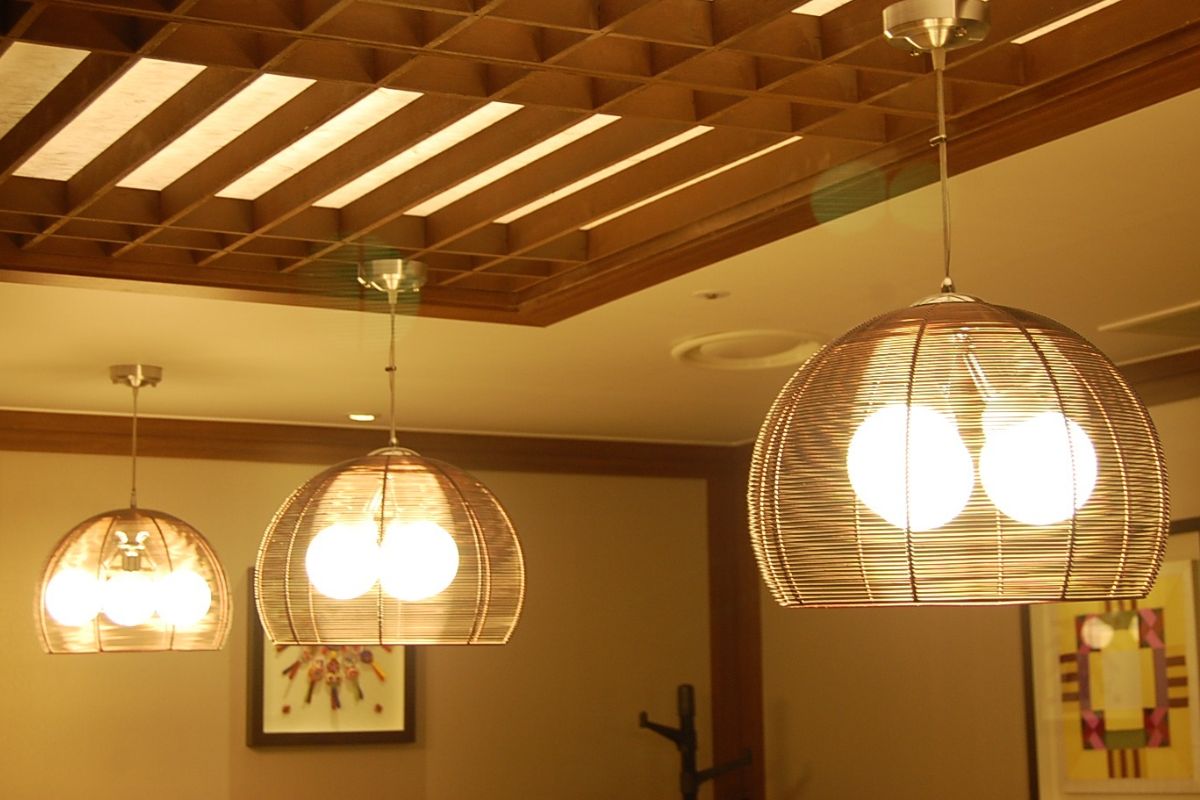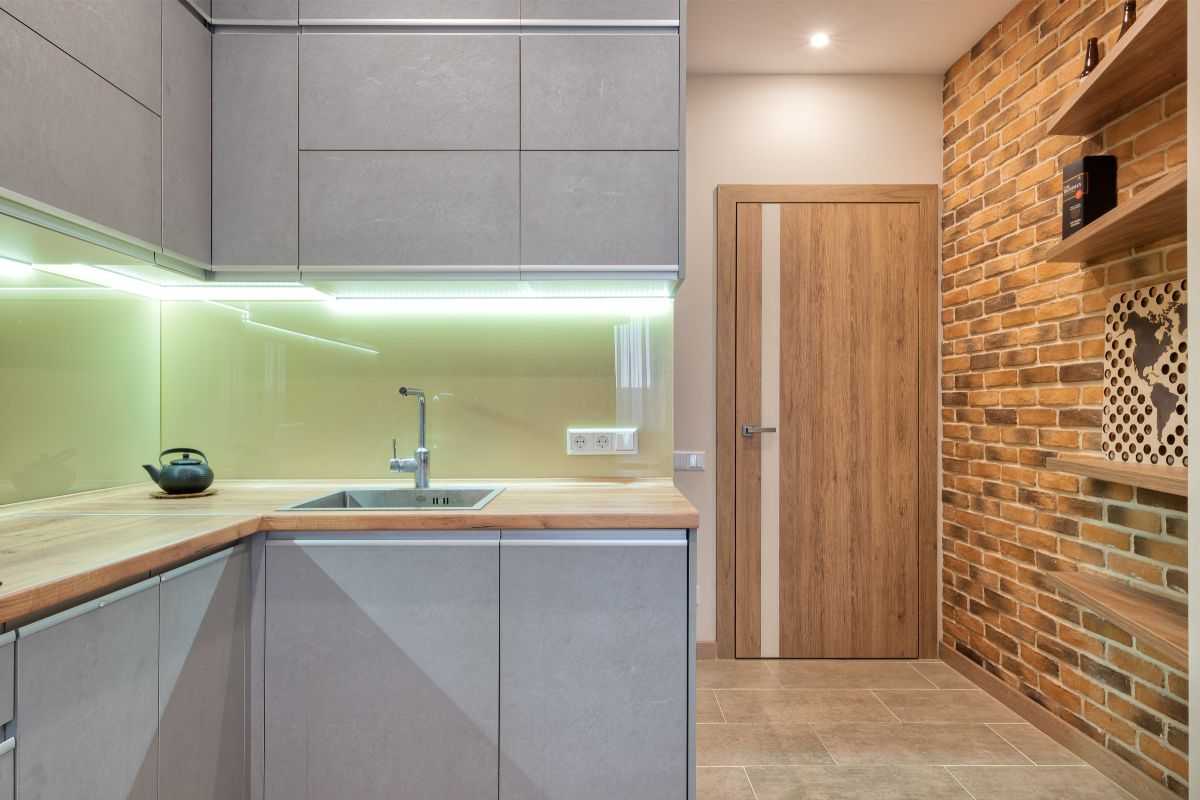I think we can all agree that LED lights are the (bright) future, but as they’ve been around for well over a decade now, we’re understandably starting to see diversification in the LED market. What does this mean?

Well, it means we can’t just make a simple decision to give our home the LED makeover.
As there are now various subsets of LED technology, we have to make more decisions about our lighting choices when we plan on making the switch, and perhaps the most important of these choices is whether to shoot for integrated LEDs or not.
Of course, “integrated” is one of those techy words sure to give consumers an inte-grating migraine. To help you avoid the migraine, I’m going to be explaining in plain English exactly what integrated LED lighting is and help you decide if it’s the right choice for you.
Defining Integrated LED Lighting
There are a bunch of vague descriptions of integrated LED lighting online, but where they go wrong is that they assume the reader already knows about other LED options, which isn’t always the case.
As such, the description doesn’t really help anybody make a decision as to which lighting format is best for them, so I’m going to be telling you about both of your options in this section, so you’ll truly understand the benefits of integrated LEDs.
We’ll begin with what many consider the standard LED format: LED ready lighting.
What Is LED Ready Lighting?
LED ready lights are simply fixtures that accept a range of LED bulbs. They’re like any other light fixture you currently have around your house, but instead of halogen or incandescent lights, they’re specialized to use LED bulbs exclusively.
What Is Integrated LED Lighting?
Integrated LED lights are both fixture and bulbs wrapped up into one unit.
Pros Of Integrated LED Light
There are a number of upsides to purchasing a fixture with integrated LEDs.
Less Fuss
If you’re used to incandescent lighting that only ever involves finding the right wattage bulb, the world of LEDs can be overwhelming to say the least — You’ve never truly felt option paralysis until you have to choose an LED bulb for an LED ready fixture.
You have to wrestle with lumens, color temperature, hue, color changing, automation, companion apps… it’s a whole thing.
With integrated LED lights, however, there’s none of that really. You simply find one that looks good, check it’s not some weird or wacky hue, then bring it on home — simple!
Creative Designs
With the light actually embedded in the fixture, manufacturers have complete creative freedom to produce all the weird and wonderful lights of your dreams.
With integrated LED fixtures, not only can you have any space looking like a gorgeous modern art museum, but the lights themselves serve as the exhibits. Check out this circular chandelier from Vonn, for example.
Though, I’d be remiss if I didn’t mention that there are plenty of non-statement options when it comes to integrated LED lighting. If you need normal tube lights or normal downlights, or any other normal light, you can find it as an integrated LED fixture.
Versatility
Integrated LED light fixtures are normally dimmable, so you can alter the ambiance in your living space to suit your mood.

They tend not to be quite as customizable as LED ready bulbs, but if you’re considering integrated LED fixtures, you’re probably not looking for an endless amount of performance options.
Energy-Efficient
This isn’t something integrated LEDs have over LED ready lighting, as all LEDs are far more energy efficient than the bulbs that came before them, but it’s still worth noting.
LEDs are around 90% more energy efficient than halogen bulbs and about 80% more efficient than incandescent bulbs.
Longevity
Here’s another general LED pro — They last for up to 50,000 hours, which could well be the rest of your life if you use them sparingly.
But that’s enough singing of integrated LED lighting’s praises. Let’s take a look at why you might not want to choose this lighting format.
Cons Of Integrated LED Lighting
While there aren’t many downsides to integrated LED lights, they’re far from perfect.
They Have An Expiration Date
With the bulbs fitted into the fixture itself, forming one unit, it can be incredibly tricky, if not completely impossible to switch them out when they give up the ghost.
Typically speaking, if the bulbs in an integrated LED fixture go, you have to replace the whole unit, which is a scary prospect, but remember, they can last up to 50,000 hours, so you certainly get your money’s worth.
Plus, some companies do produce lights with replaceable LED modules, but as they’re few and far between at this moment in time, your options will be fairly limited.
The Price Tag
There’s no getting around it — High quality integrated LED light fixtures are expensive. The standard stuff can be picked up at a reasonable price, but for more ornate, artistic fixtures, you’re looking at $1K +.
Sustainability
It’s all well and good reducing your carbon footprint by moving to LEDs, but if you have to throw out entire units every time the bulbs go, it’s hard to think of integrated LED lights as sustainable in the strictest sense of the word.
What’s more, even though – as mentioned earlier – some manufacturers are producing replaceable bulb modules for their lights, there’s no guarantee that they’ll produce your bulb modules long enough to keep your lights on indefinitely.
Final Thoughts — Are Integrated LED Lights Worth It?
If you’re looking for a simple transition from traditional lights to LEDs, Integrated fixtures are probably going to be your best option. They’ll give you all the energy-saving benefits of LED technology while performing in more or less the same way your older lights did.
However, unless you’re going for a very artsy fixture with such complex LED arrangements that you could never switch out the bulbs, I’d recommend choosing a design from a brand that offers replacement modules.
If, on the other hand, you’re looking to fully immerse yourself in the diverse and mystifying world of LED lighting, you’d be better off choosing a more versatile LED ready fixture.



